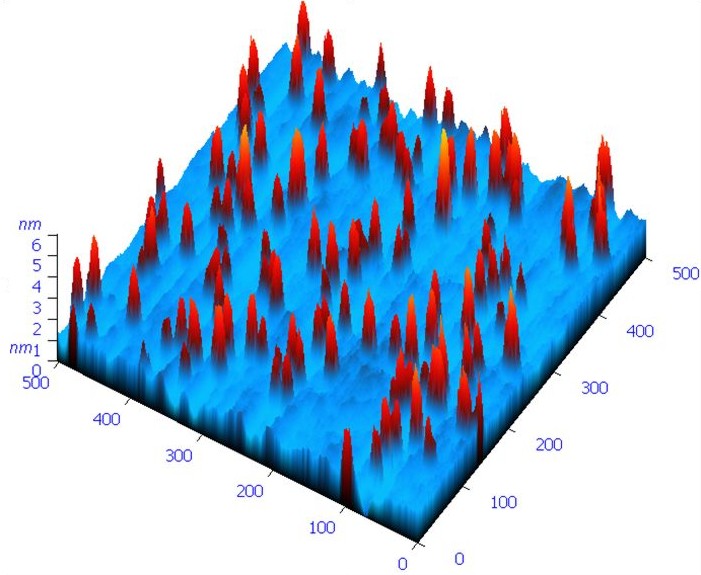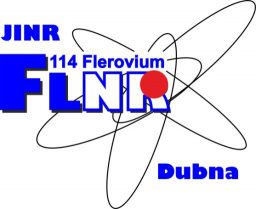Interaction between heavy ions and matter. Modification of physical properties of irradiated materials
High energy (E > 1 MeV/amu) heavy ion beams have been proved as a powerful tool for material modification and became to be widely used in radiation solid state physics. This in a large measure is due to huge energy deposition in nanometer volume surrounding swift heavy ion trajectory which often leads to structural rearrangements not achievable by other methods. The experimental base of the research in material science in FLNR is the accelerators:
– U-400 (ion energies up to 10 MeV/amu)
– IC-100 cyclotron for applied research. The energy of Ne, Ar, Fe, Kr, Xe, W ions is 1.2 MeV/amu
– Low energy (E = Z x 20 keV, Z varies from +1 to +17) ion irradiation set-up based on ECR ion source.
All ion irradiation facilities include special ion beam leading lines from the accelerator to the user irradiation chambers equipped with ion beam scanning system in horizontal and vertical directions and all necessary elements for ion beam parameters evaluation and control. These systems make it possible to provide the beam with a homogeneous intensity distribution on irradiation area and to vary the beam intensity in a broad range.
Main directions of undergoing and planned investigations are:
– Simulation of fission product impacts in nuclear reactor materials and inert matrix fuel hosts with heavy ion beams of fission fragments energy;
– Study of structural effects of dense ionization in radiation-resistant insulators. Special attention is given do development of in situ experimental methods of evaluation of material properties during the swift heavy ion irradiation;
– Elaboration of the basic principles of high energy ion implantation technology – the study of gettering effects, modification of electrically active dopant profiles and defect structure evolution in semiconductive materials, induced by high energy ions;
– Study of surface modification and nanoscale damage formation on the surface of materials enhanced by single swift heavy ions in electronic stopping regime. An example of the nanoscale structures produced by high energy Bi ions is given in Fig. 1.

Fig. 1. 3D AFM image of MgAl2O4 surface irradiated with 710 MeV Bi ions. Ion fluence 5×1010 cm-2
The research in radiation material science is undergoing in close collaboration with institutions from JINR member countries (Belarus, Slovakia, Poland) and Hungary, Republic of South Africa, Egypt.
